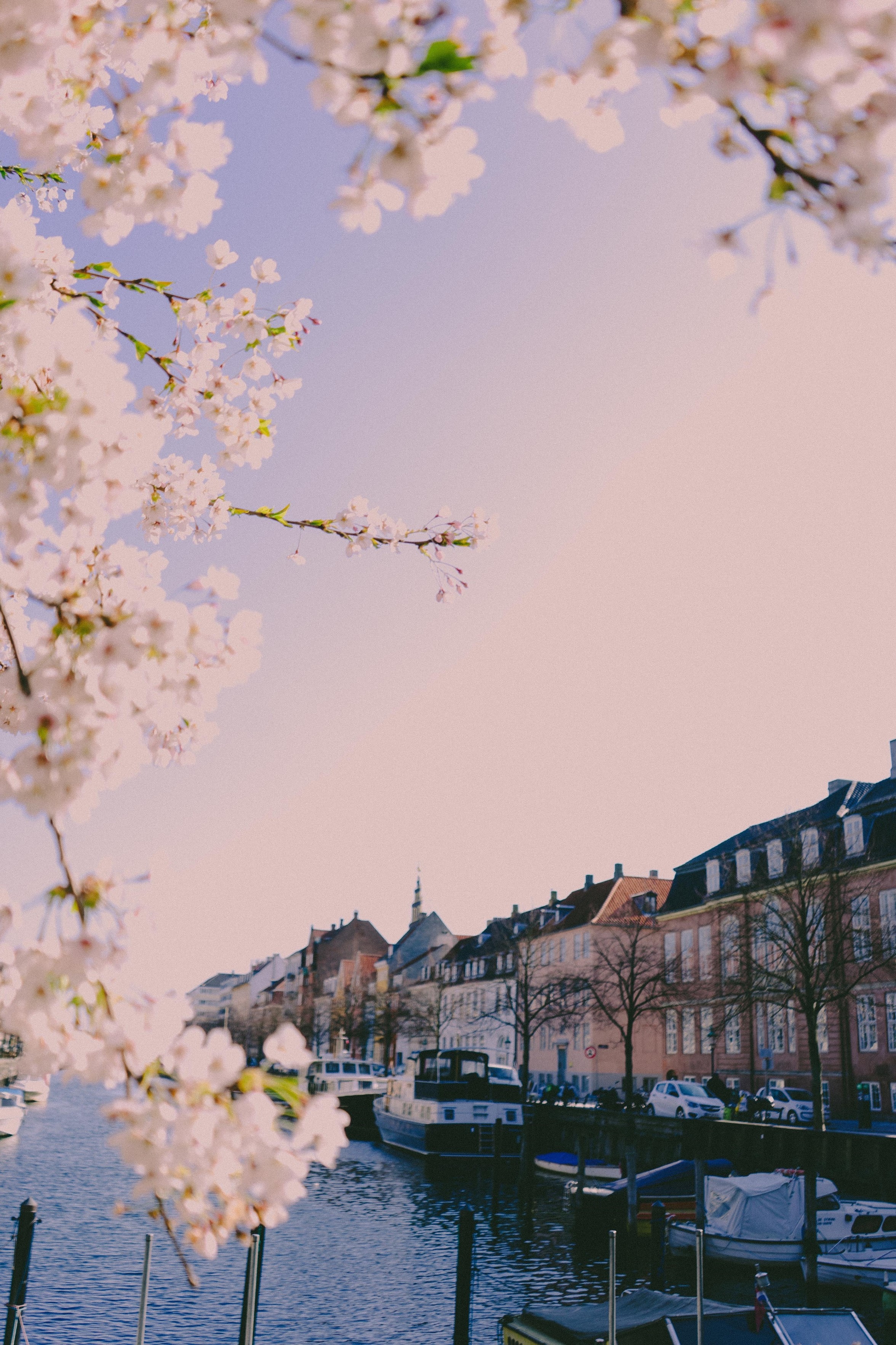
-
Source
Perceived barriers to green spaces (Copenhagen, Denmark)
In 2014, Copenhagen was named the Green Capital of Europe. Ninety-six per cent of the city’s residents live within a 15-minute walk to a park or recreation area, and citizens have access to the best network of urban cycling paths in the world. In addition to being situated within a country that boasts the highest happiness ratings, strong policy measures support active lifestyles and the city has relatively low levels of lifestyle diseases.
Many cities across the globe have looked to Copenhagen for sustainable models of urban development. Much of the success of Copenhagen’s health and environmental policies has been linked to the endorsement of a culture in which healthy and sustainable lifestyles are highly valued.
However, recent anthropological research shows that these norms and values are not universal among residents of Copenhagen. Women from low-income communities, for example, may associate certain healthy and sustainable activities with a particular lifestyle that they feel is difficult to achieve. These residents are less likely to benefit from the celebrated green spaces within their city.
The lesson from Copenhagen is clear: unless policy-makers strive actively to address issues of social exclusion, inequalities may persist even in seemingly egalitarian environments.
Photo by Gints Gailis on Unsplash




